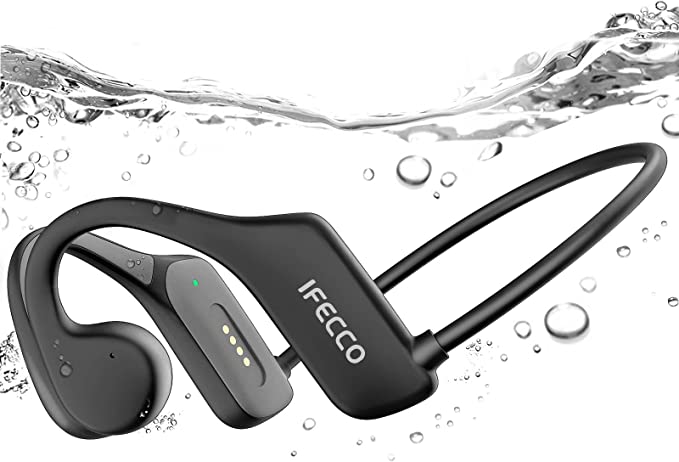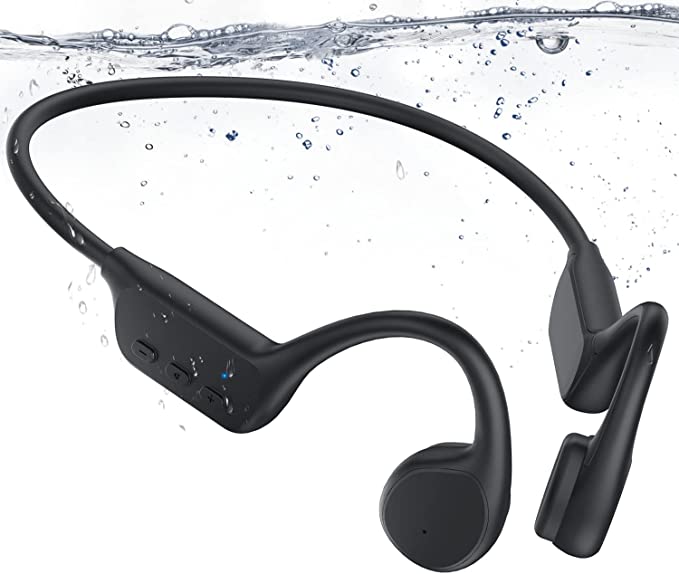The Ultimate Guide to Setting Up Your Digital Birdwatching Station
Update on Oct. 20, 2025, 7:29 a.m.
So, you’re ready to bring the vibrant world of your backyard birds into high-definition focus. A smart bird feeder promises a front-row seat to nature’s daily drama, complete with AI-powered insights and shareable moments. But choosing and setting up the right device can feel daunting. This guide is designed to be your trusted companion, a step-by-step framework to help you make informed decisions, avoid common pitfalls, and create a digital birdwatching station that is successful, safe, and secure. We’ll move beyond specific brands and focus on the six core principles you need to master.

Principle 1: The Optics - Evaluating Camera and Video Quality
Before we even think about power or Wi-Fi, let’s start with the core purpose of the device: seeing the birds. The quality of your digital window to nature is determined first and foremost by its optics.
- Resolution is Key: Look for feeders advertising at least 1080p (Full HD) resolution. A higher resolution, such as the 2.5K found on some models, provides significantly more detail, allowing you to appreciate the fine barring on a feather or the subtle color shifts in an iris. This extra detail is also valuable for the AI’s accuracy.
- Field of View (FOV): Consider the camera’s FOV, measured in degrees. A wider FOV (e.g., 120-160 degrees) will capture more of the feeder and its immediate surroundings, allowing you to see birds approaching or interacting nearby. A narrower FOV will provide a more zoomed-in, portrait-style view of the birds on the perch.
- Night Vision: Check for infrared (IR) night vision. While most bird activity is during the day, this feature can capture fascinating nocturnal visitors like owls, raccoons, or flying squirrels.
Principle 2: The Power Source - Choosing Your Energy Strategy
How you power your feeder is a critical decision that affects placement and maintenance.
- Solar Powered: This is the most convenient and eco-friendly option, ideal for open, sunny backyards. A model with an integrated solar panel, like the Bilantan example, offers a “set it and forget it” experience. Ask yourself: Does the intended spot receive at least 4-6 hours of direct sunlight per day? If not, solar may not be reliable for you.
- Rechargeable Battery: Many models run on internal batteries that require periodic removal and recharging via USB. This offers more placement flexibility than solar but requires a recurring maintenance chore every few weeks or months, depending on usage.
- Hardwired: While rare, some outdoor cameras offer a hardwired option. This provides the most reliable power but is the least flexible, requiring proximity to an outdoor electrical outlet and considerable effort to install.
Principle 3: The Connection - Solving the Outdoor Wi-Fi Challenge
An outdoor smart device is only as reliable as its internet connection. Most smart feeders, including the Bilantan, use the 2.4GHz Wi-Fi band. This is a deliberate engineering choice. While the 5GHz band is faster, 2.4GHz signals are superior at penetrating walls and traveling longer distances—both crucial for reaching your backyard.
- Test Your Signal: Before you buy, take your smartphone to the exact spot where you plan to install the feeder. Check your Wi-Fi signal strength. If you have only one or two bars, you may experience connection issues.
- Solving Weak Signal: If your signal is weak, consider a Wi-Fi range extender or upgrading to a mesh Wi-Fi system, which uses multiple nodes to blanket your home and yard in a strong, consistent signal.
Principle 4: The Brains - Assessing the Software and AI Ecosystem
The hardware is only half the product; you will interact with it daily through its software app.
- The App is Everything: Look at reviews that specifically mention the app’s user-friendliness, stability, and features. Is it easy to view live footage, browse past recordings, and manage settings?
- AI and Subscriptions: The “smart” features, like AI bird identification, are a major selling point. Some brands offer this for free, while others may require a subscription. Critically read the fine print. Often, “free” AI is paired with a paid subscription for cloud storage to save your videos for more than a day or two. Be prepared for a potential recurring cost, which can range from $3 to $10 per month.
- Cloud vs. Local Storage: Does the device offer an SD card slot for local storage? This can be a great way to avoid monthly fees, though it means you must physically remove the card to access older footage.
Principle 5: The Physical Setup - Best Practices for Placement and Mounting
Once you’ve settled on a device with a software ecosystem you trust, it’s time to move from the digital to the physical world. The most advanced camera in the world is useless if it’s placed in the wrong spot.
- Bird Safety First: This is paramount. According to the American Bird Conservancy, millions of birds die from window collisions each year. Place your feeder either very close to a window (less than 3 feet) or very far away (more than 30 feet) to prevent fatal collisions.
- Consider the Sun and Wi-Fi: If you have a solar-powered model, the spot must have adequate sunlight. For any model, it must have a reliable Wi-Fi signal. This might require a compromise.
- Predator and Squirrel Awareness: Mount the feeder on a smooth metal pole (with a baffle) for the best defense against squirrels and ground predators. Ensure it’s not too close to dense bushes where cats could hide, but close enough to some cover so birds can make a quick escape from aerial predators like hawks.

Principle 6: Data and Privacy - Understanding Your Digital Footprint
With your station perfectly placed and attracting visitors, there’s one final, crucial consideration that happens entirely off-camera: understanding where your beautiful bird videos are going and who has access to them.
- Read the Privacy Policy: It may be tedious, but take a moment to understand the company’s policy. Who owns your video clips? Can they be used for marketing or AI training?
- Account Security: Use a strong, unique password for your feeder’s app account. Enable two-factor authentication (2FA) if it’s offered. Remember, this is a camera connected to your home network; treat its security with the same seriousness as any other smart home device.
By thoughtfully working through these six principles, you can move beyond the marketing hype and choose a device that truly fits your needs, set it up for maximum success and safety, and enjoy your new, enhanced view of the natural world with confidence and peace of mind.









